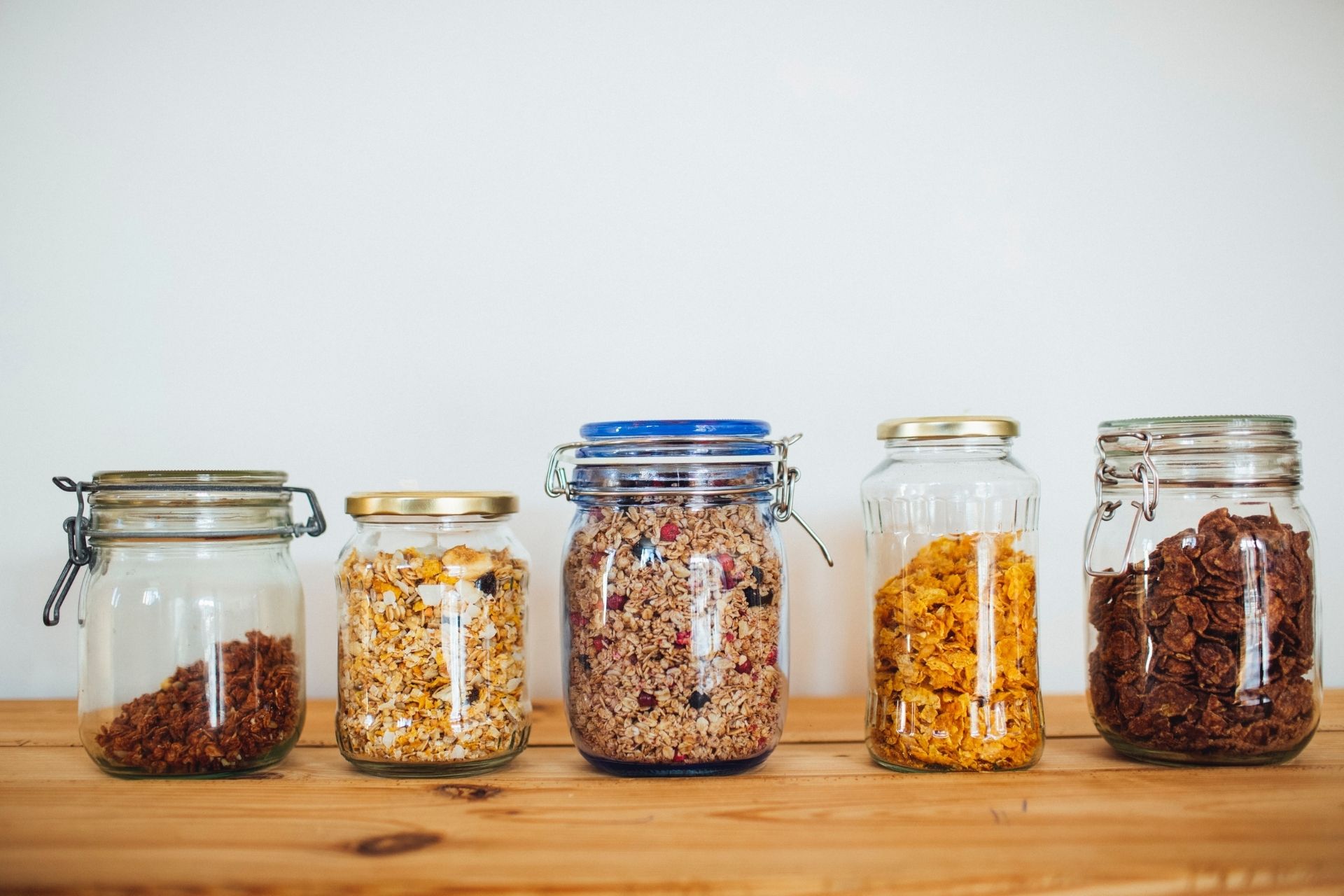
How to Reduce Food Packaging Waste
We are reader-supported. When you buy through links on our site, we may earn affiliate commission.
Food packaging waste has taken over the environment. Oceans are filled with plastics, and landfills are equally full of packaging materials. While single-use plastics and food packaging have made the food industry more convenient, it has wreaked havoc on the environment. So, here’s how to how to reduce food packaging waste.
Besides plastic, food packaging materials also include paper, cardboard, styrofoam and glass. Although some of these materials can be recycled or reused, they still end up in the trash, which is probably why about half of the municipal solid waste in landfills comprises food and packaging.
Why Should You Reduce It?
Food packaging takes up a majority of the trash that ends up in the oceans and landfills. These materials often don’t decompose and can spend many years out in the environment. Animals, both on land and in the sea, often mistake plastics and food packaging for their own food. They end up consuming it or getting stuck in it, which can cause injury or death.
Additionally, you’ll save money if you purchase food items without packaging. The packaging has some cost associated with it. Although the price may not be significant, over time, it adds up.
Besides that, the carbon footprint of food packaging makes an impact on the environment. The gathering of materials to make the packaging, manufacturing, and sitting in landfills accounts for about 5% of the energy needed to make a food product.
If that’s enough reason to change your mindset to limit your own waste, then here is how to reduce food packaging waste to help create an eco-friendly lifestyle.
1. Carry Your Own Reusable Items
An easy way to reduce your food packaging waste is to use reusable items. Many people carry a reusable water bottle with them now, and most places likely have a water fountain or water bottle refill station.
Cloth grocery bags are another must-have to reduce waste. You can use them over and over and never have to put your items in plastic bags again. Plus, they’re more durable and less likely to break during a grocery haul.
Other items you can carry include reusable straws, coffee cups, utensils and containers to store produce or grains while grocery shopping. There are so many single-use items that have been mimicked with reusable ones, so just purchase whatever you will use most.
2. Purchase Items With Little Packaging
It’s challenging to get all of the food items you need without packaging, but some stores sell products you can place in your own containers. For example, most produce, like fruits and vegetables, aren’t packaged. Bring reusable produce bags to put your items in or just go without any bags.
Any time you can purchase an item that has recycled, recyclable, biodegradable or zero packaging, go for that product. You can buy peanut butter, juice and other products in glass jars or cardboard boxes. Try to avoid plastics and styrofoam whenever possible.
3. Buy In Bulk
Another way to reduce packaging is to buy in bulk. Rather than purchasing a package of individual juice bottles or boxes, go for the one large juice container. Plus, you’re more likely to save money this way as the price per unit will be lower.
The same goes for any other product that isn’t juice. While it isn’t always convenient to buy in bulk, it drastically reduces food packaging waste.
If buying in bulk isn’t for you, then try buying less in general. People often buy way more than they need, and that’s when food and the packaging end up in landfills because it expires before they get the chance to use it.
4. Recycle
When you have recyclable food packaging, recycle it! It’s such a simple step you can take to reduce the amount of waste that ends up in the environment. Glass, paper, aluminum and some plastics are recyclable. Look for the recycle symbol on the package to ensure it can go to the recycling center.
Proper disposal of these items takes away the unnecessary time that workers often have to use to sort through materials that come through the center. If you’re unsure, you can probably find an answer online or just call your local recycling site.
5. Compost
While you can’t compost packaging materials, you can compost the food that comes in them. Just as much food waste enters landfills and the environment as the packaging, it comes in. Either use food scraps for your own compost pile or give them to a local gardener.
Compost makes for excellent fertilizer, and it eliminates the amount of waste.
A Great Step Towards Sustainability
Now that you are equipped with the knowledge to reduce food packaging waste, you can spread the word to the people you know. By taking these actions into your own hands, you’ll be helping the environment in more ways than you may think.
Food packaging is a convenience that leaves lifelong, detrimental effects on you and the surrounding environment. Reducing food packaging waste is an easy step towards lifelong, lucrative results for the entire earth.
Share on
Like what you read? Join other Environment.co readers!
Get the latest updates on our planet by subscribing to the Environment.co newsletter!
About the author

Jane Marsh
Starting from an early age, Jane Marsh loved all animals and became a budding environmentalist. Now, Jane works as the Editor-in-Chief of Environment.co where she covers topics related to climate policy, renewable energy, the food industry, and more.





